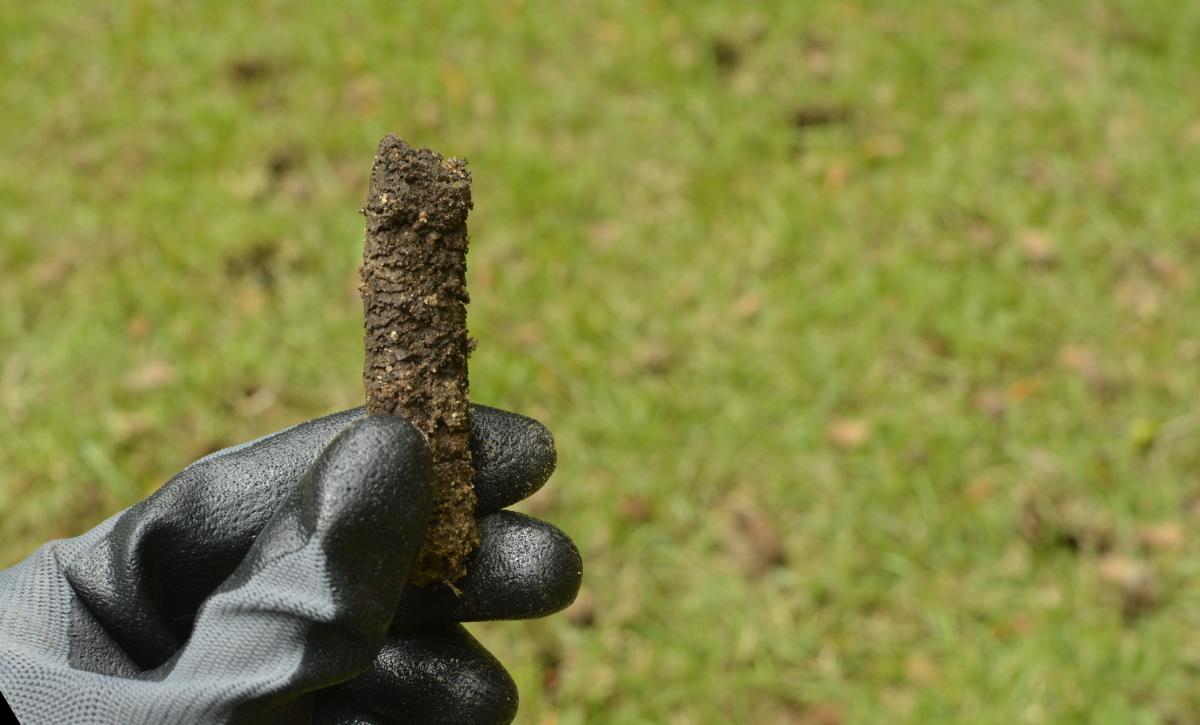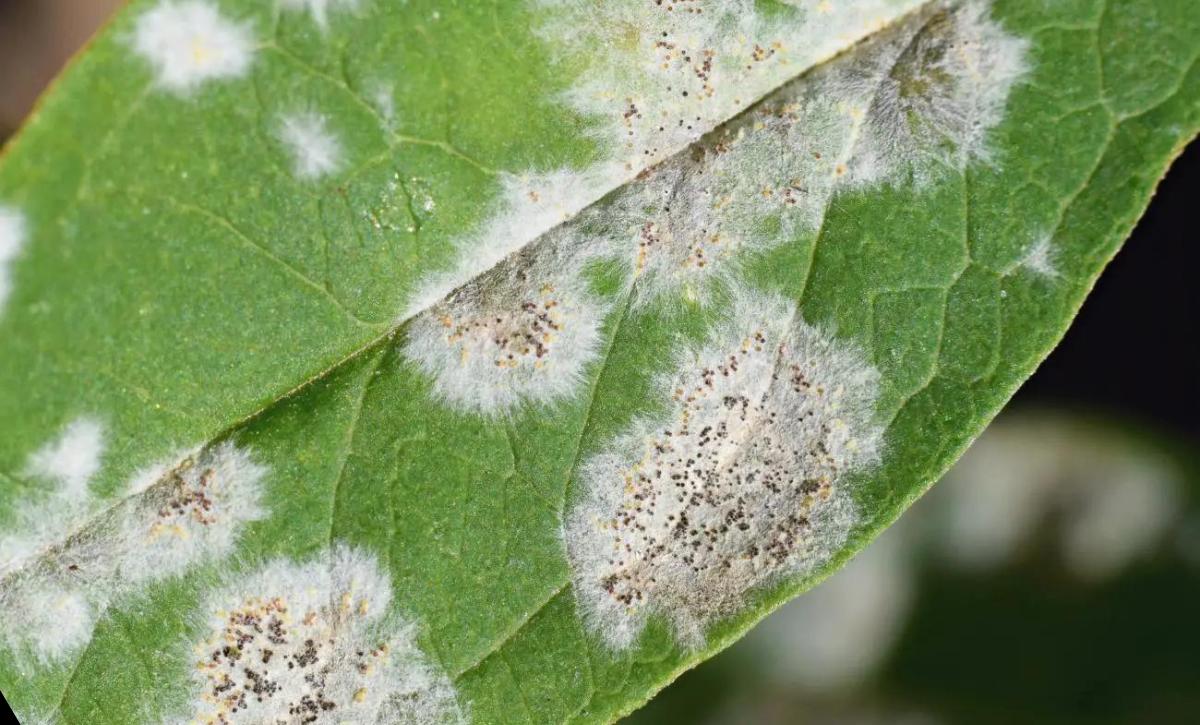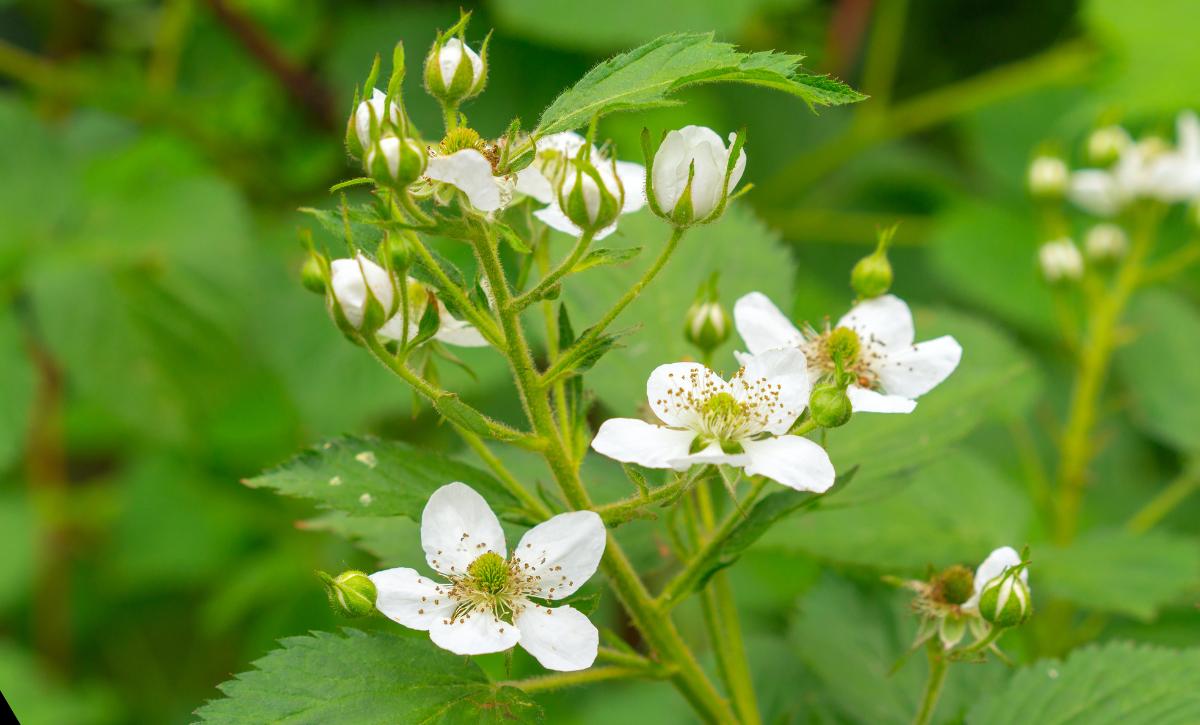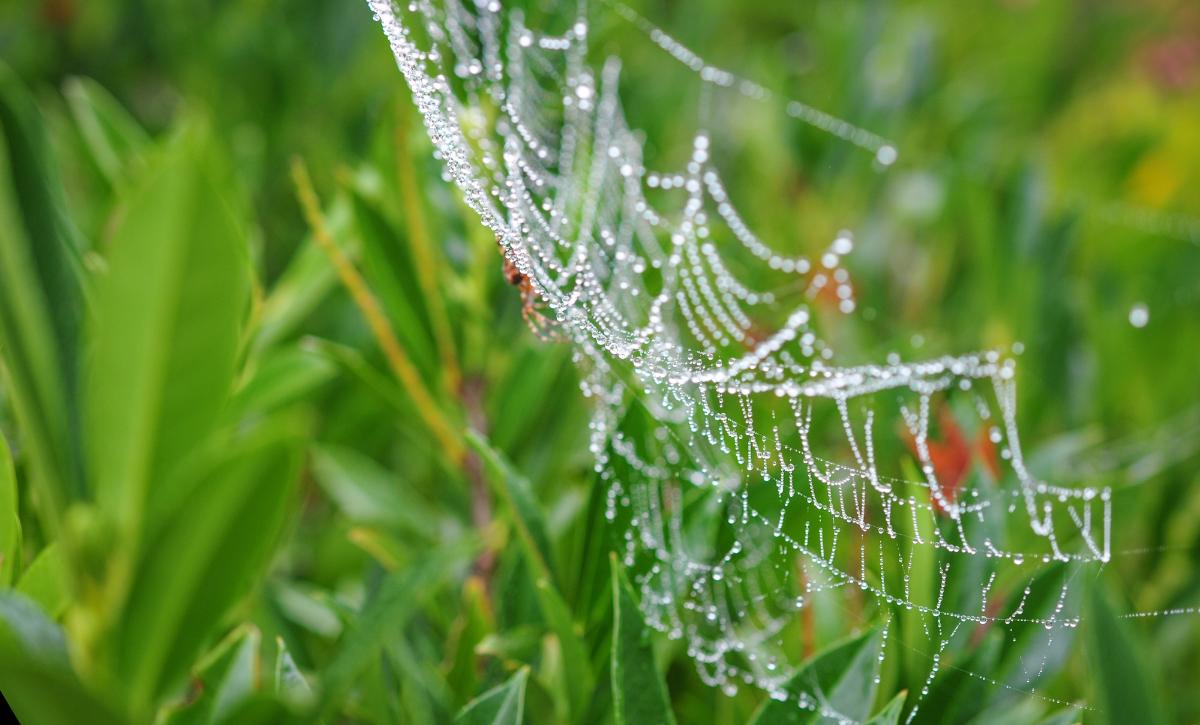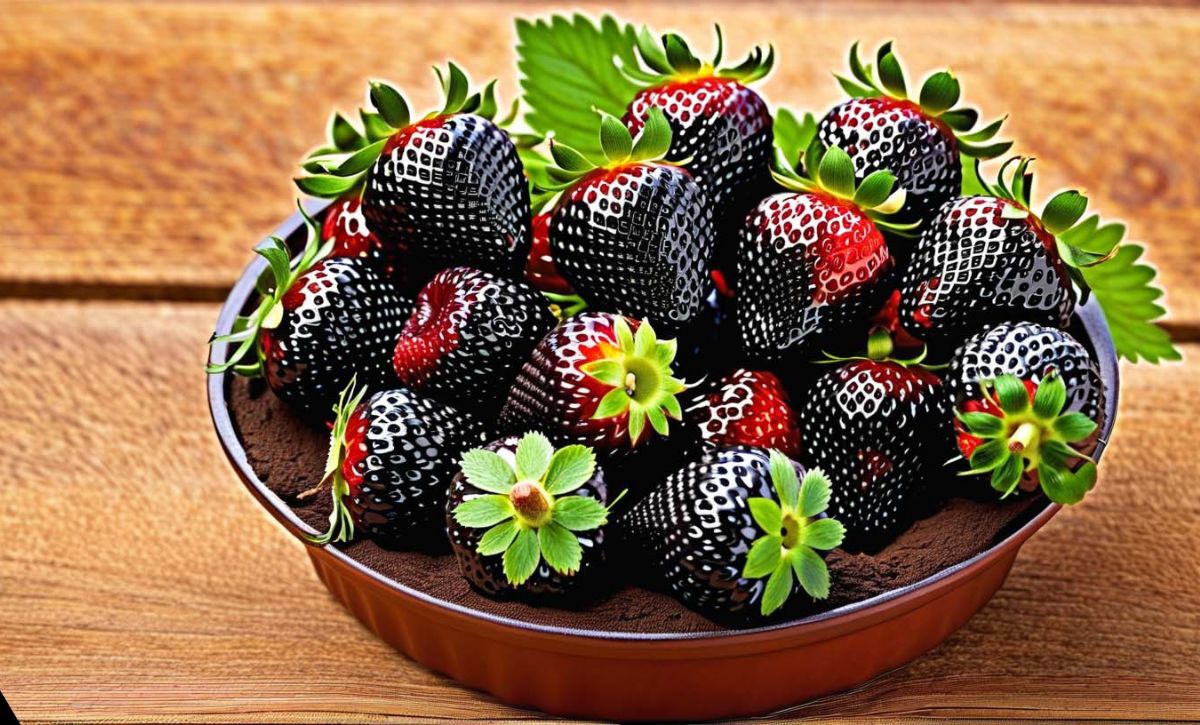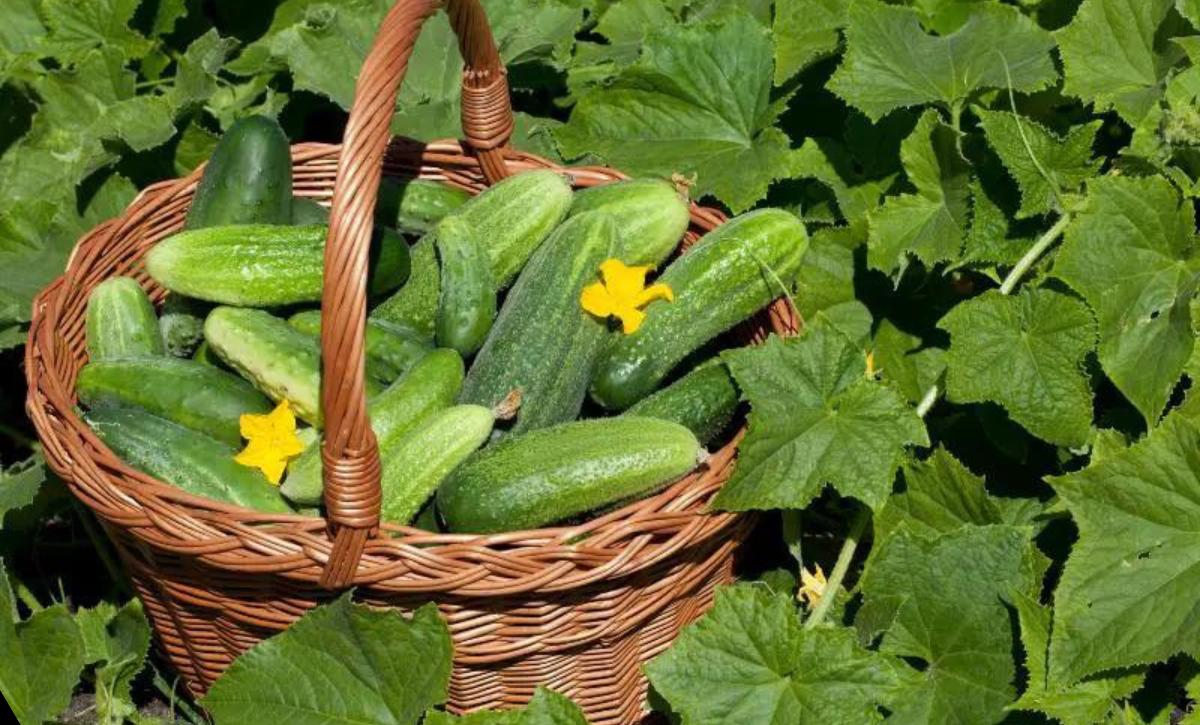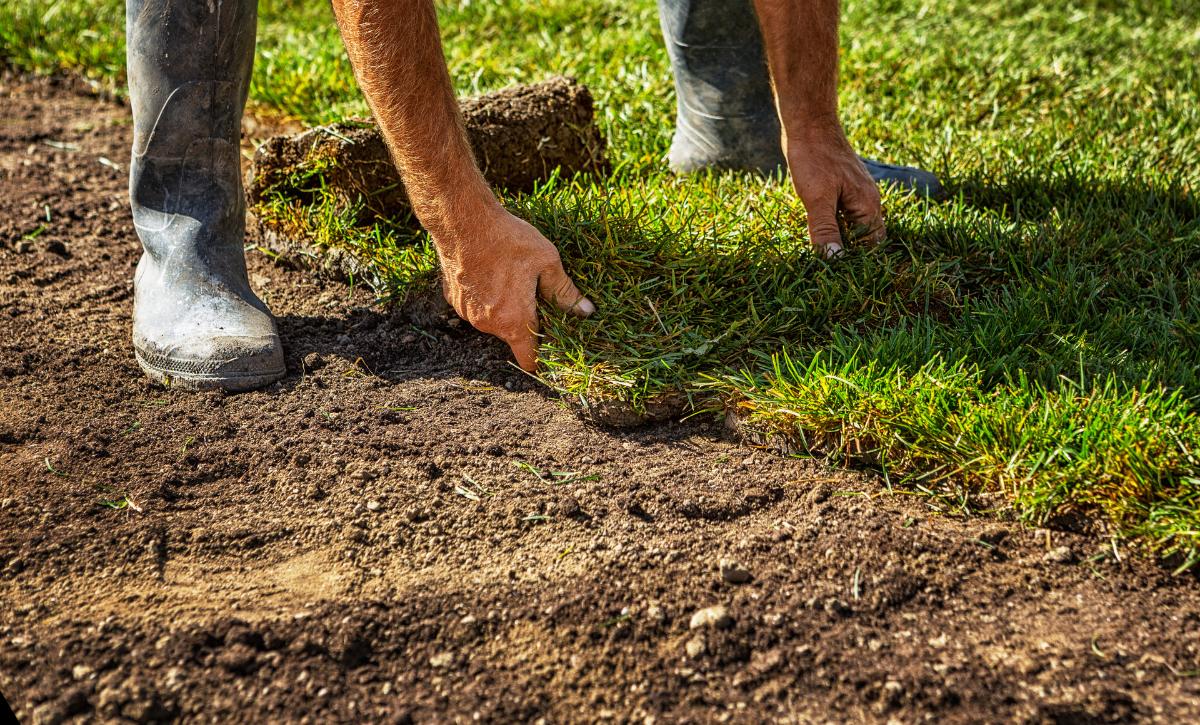One of my favorite gardening hacks is using kitchen scraps to help my plants grow healthy and robust. Rice water is atop this list due to its versatility. It can be used as a fertilizer, pesticide, or just like regular water.
Several nutrients in this water will tremendously benefit your plants if sprayed on the leaves or poured on the soil.
What makes rice water an even preferable remedy is that it’s safe to use for indoor plants. But, there are some factors you need to consider when using this type of water, such as how frequently you use it and its drawbacks.
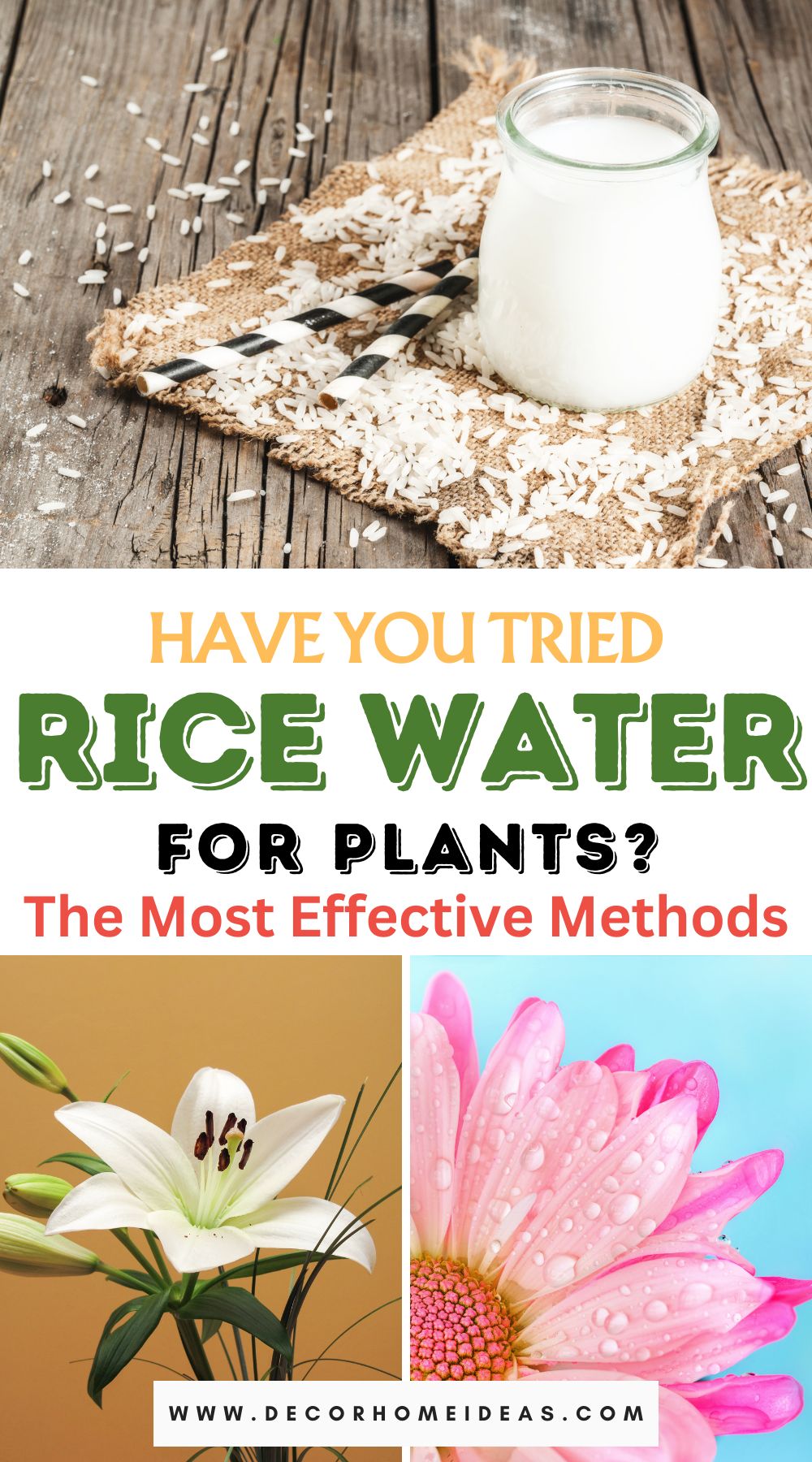
In this article, we’ll explore everything you need to know when using rice water, so stick around to find out!
Is Rice Water Safe For Plants?
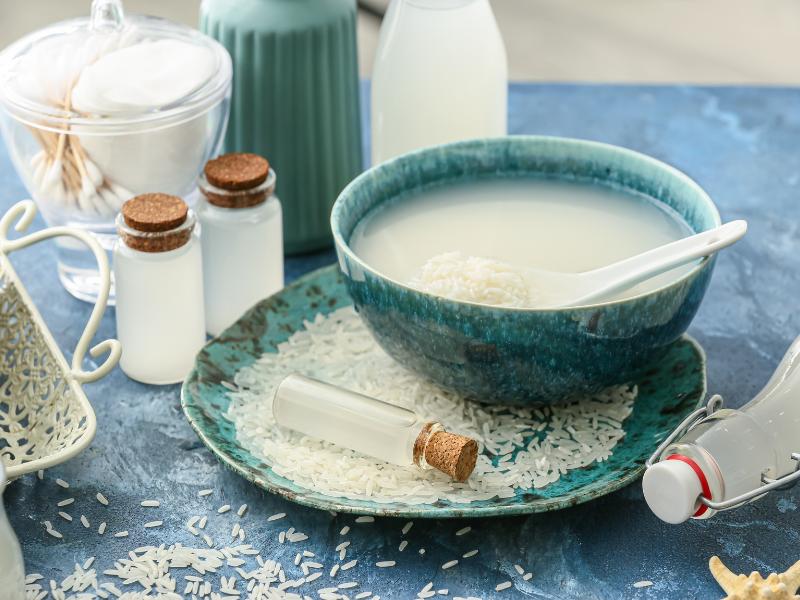
Yes, this water is completely safe to use in your plants. Rice grains are rich in iron, potassium, calcium, magnesium, and even phosphorus. These minerals wash away when you rinse the grains and are thus contained in the rice water.
The macronutrients in the water play a key role in proper plant growth, and if you use the water just right, you won’t have to fertilize your plants as often.
Since micronutrients such as copper, zinc, and boron are more concentrated in rice than in tap water, using rice water adds these minerals to your plants.
Another benefit of using this water is the starch that the plants will absorb and store and later use when they need more energy. Just like humans, plants use carbohydrates to replenish energy they have lost or used up throughout the day.
Generally, plants produce carbohydrates through photosynthesis, but in cases where they don’t produce enough starch from photosynthesis, rice water will help. This makes this type of water extremely useful for houseplants.
Additionally, the presence of more sugars in the soil promotes the activity of healthy bacteria. As a result, there’s increased decomposition of organic matter, making more nutrients available to your plants.
Benefits of Using Rice Water For Plants
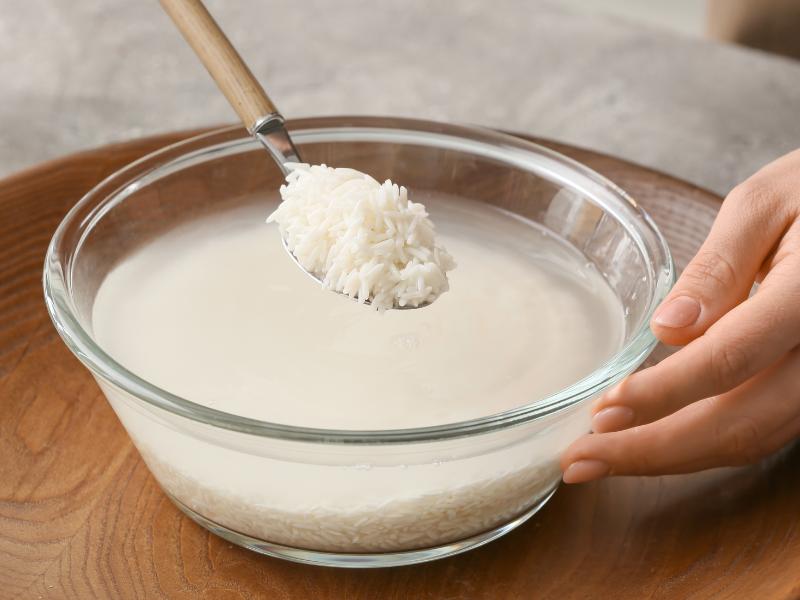
There are different water types you can use for your plants, such as distilled water, rainwater, or even tap water.
To give your plants a little bit of a boost, you can use kitchen byproducts such as rice or potato water, and if you have a fish tank, you can also use fish tank water.
There are several benefits of using rice water, such as:
- It’s an environmentally friendly and organic fertilizer.
- Reduces the money spent on synthetic fertilizers.
- Reduces the risk of burn on plant roots that’s caused by chemicals and inadequate application.
- Promotes the recycling of kitchen byproducts.
- You can make it yourself.
- Encourage the development of bacteria such as mycorrhizae and lactobacilli, which are beneficial to the soil.
- It has multiple application methods (top or bottom watering, spraying).
- It can help control or minimize pest infestation without using any harmful chemicals.
- Enhances fruiting and crop production.
- Boosts growth in plants since it’s a source of nutrients.
Drawbacks of Using Rice Water
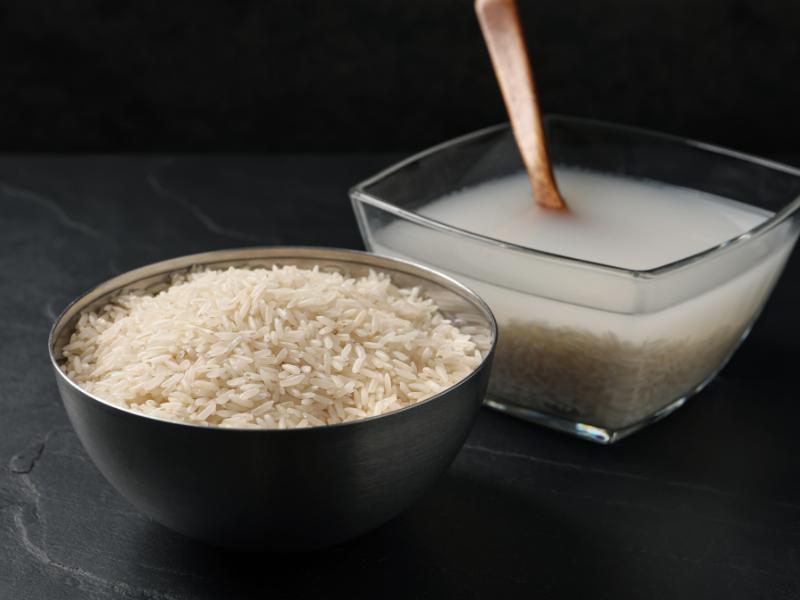
Even though there are several benefits of using the liquid left after washing rice, there are also several problems with it.
Here are some drawbacks of using rice water to help you determine whether it’s suitable for your plants:
- Adding carbohydrates to the soil can make the soil harder.
- Even though rice has several nutrients, they aren’t enough, and the plants have to be supplemented.
- The sugars in rice water can attract insects such as ants and spiders to feed on them.
- Rice water can also ferment after a short period, exuding an unpleasant smell that can be unsettling.
- While rice water leads to the development of healthy bacteria, it can also cause the development of unhealthy bacteria, which will harm your plants.
- Not all plants can absorb carbohydrates through their roots.
- The process of making and storing rice may be tiresome for some gardeners.
How To Make Rice Water
There are several ways to make rice water, such as by soaking the grains in water or by boiling them. The boiling process releases more minerals, so making rice water through this method will result in generally more nutritious water.
Here is the complete guide to making rice water through both methods, as well as how to make fermented rice water so you can choose the type of water you want.
Pro tip: If the rice water is too thick, then you can add more water to dilute it.
Making Rice Water by Soaking
Step 1: First, you have to rinse the rice for 2-3 minutes to remove any particles, chemicals, and impurities that you don’t want to give your plants.
Step 2: Put the rice in a bowl and add some water. Use the ratio 1:4 or 1:6 in favor of water.
Step 3: Let the rice soak for about 45 minutes.
Step 4: Using a strainer, separate the grains from the water.
Step 5: Pour the water into a spray bottle and use it to moisturize your plants
Making Rice Water from Boiling
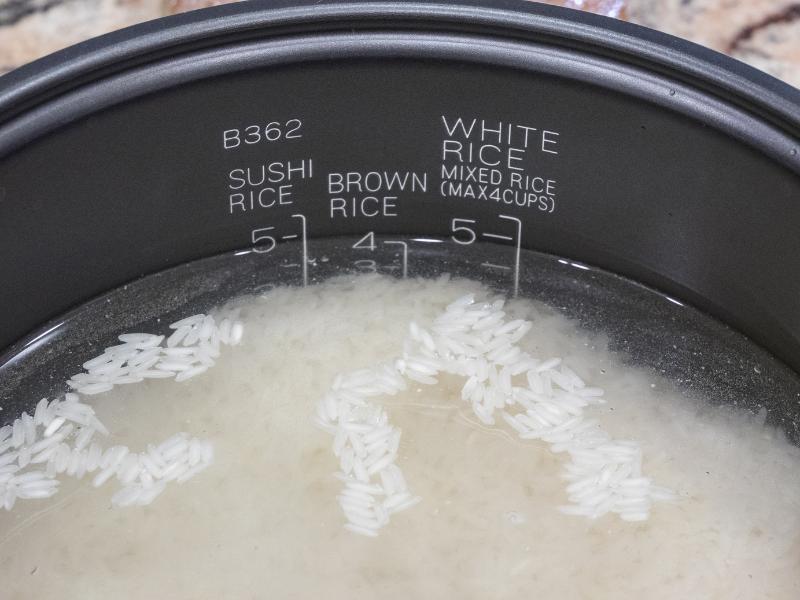
Step 1: In this method, you have to use a cooking pot because using a rice cooker won’t yield the desired results. Before boiling the rice, you have to rinse it thoroughly to remove any harmful compounds.
Step 2: Put the rice in a pot and add some water. Use the ratio of 1:4 or 1:6 in favor of the water so you can have more leftover liquid.
Step 3: Cook the rice for 45 minutes.
Step 4: Use a strainer to separate the rice and water and let it cool down.
Step 5: Once the water has cooled down, pour it into a spray bottle and use it to spray your plants.
Making Fermented Rice Water
Step 1: Cook the rice, then place some in a glass vessel and pour in some clean water. If your water has too much chlorine, then use distilled water.
Step 2: Fermenting needs air, so cover the liquid with a kitchen towel to allow air to pass through.
Step 3: Place the vessel in a dark spot and let it sit for 7-14 days so that the liquid can ferment.
Pro tip: If you’ve already made rice water, you can just use it to make fermented rice water without using cooked rice. You just need to add one spoonful of sugar and four spoons of milk, then cover the container with a kitchen towel. Put the container in a dark spot, and you should have fermented rice water in 3-4 days.
How To Use Rice Water For Plants
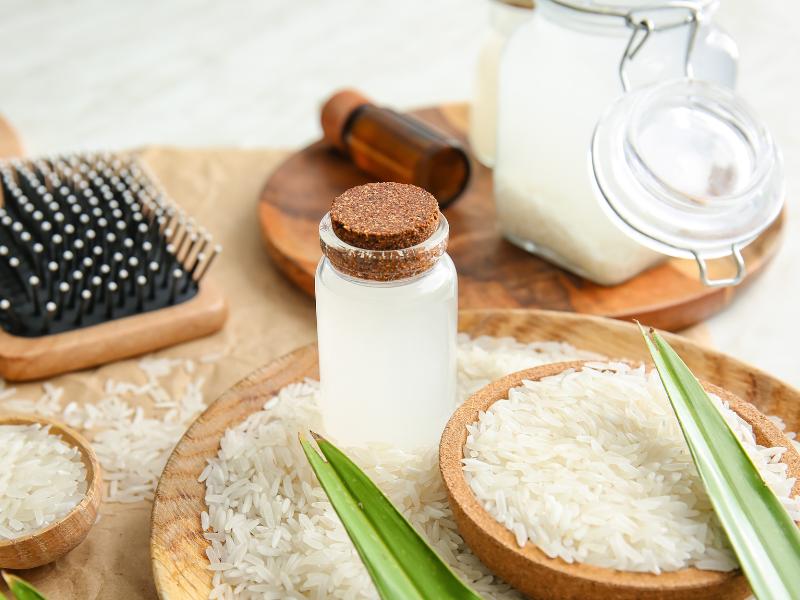
As previously mentioned, rice water has several uses as a fertilizer, pesticide, watering, and spraying plants. In the following section, we’ll discuss the different uses of rice water.
But first, here are some tips for irrigating your plants with rice water.
Tip 1: Always ensure the rice water is at room temperature so that the beneficial bacteria can survive.
Tip 2: Using too much water can lead to root rot, so don’t water your plants excessively with this water.
Tip 3: Avoid watering your plants at midday since the rate of moisture evaporation during this time is high. You should also avoid watering your plants at night since the plants can get waterlogged, which increases the risks of fungal infections.
The best time to water your plants is in the early morning or late afternoon when the temperatures are moderate, and hence, the plant can absorb water when it’s most active.
Bottom Watering
This type of watering is mostly used for houseplants since they are grown in containers, baskets, or pots. You can also use bottom catering for your outdoor plants if you grow them in planters.
Step 1: Place your potted plant in a long tray. Ensure the pot or container has drainage holes in it, or this method won’t be effective.
Step 2: Fill the tray with rice water such that it covers about an inch of the planter.
Step 3: Let the plant rest in the tray for about 10-20 minutes so that it can absorb the water. After this time has passed, check the soil to see if it’s moist. If not, let the plant sit for a bit longer.
Step 4: Once the soil is moist, take out the plant and let the excess moisture drain out, then put it back in its spot.
Top Watering
This method is effective for garden plants as well as potted plants. Top watering is easy to do since you don’t have to move your plants to irrigate them.
All you have to do is pour water at the base of the soil. Avoid wetting the leaves since this will increase the risk of fungal infections.
If you decide to use the top watering method for your potted plants, irrigate them until water starts dripping out of the drainage holes at the bottom of the container.
Misting
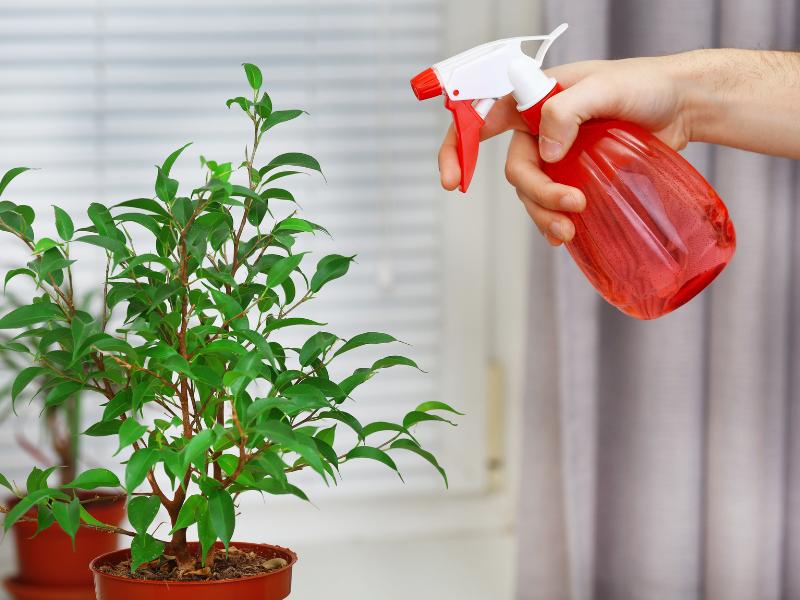
Spraying water on the leaves of your plant is a method that has been used to increase a plant’s humidity for years. Using rice water for this process will also provide the plant with more nutrients.
If you are growing succulents, then misting them is better than watering in the traditional way. Use a spray bottle to mist the leaves a couple of times (don’t forget to mist the undersides). Spray the soil once or twice to ensure enough nutrients are absorbed by the plant.
You can also use rice water to mist the plants that thrive in high-humidity levels, but you’ll have to spray them more frequently compared to succulents, and don’t forget to water them once the topsoil dries out.
Using Fermented Rice Water as a Pesticide
The key benefit of fermented rice water is that it can help you control and prevent infestation of aphids, fruit flies, and flea beetles.
All you need to do is dilute the fermented rice water to half-strength, put it in a spray bottle, and spray your plants.
Rice Water as a Fertilizer
Even though rice can’t be used as a primary fertilizer since it contains small amounts of NPK, applying rice water to your plants will boost the greenery and the flowers.
When using rice water as a fertilizer supplement, water the plants twice a week. However, don’t do the watering often, as the starch in the water may harden the soil.
How Often Should You Use Rice Water
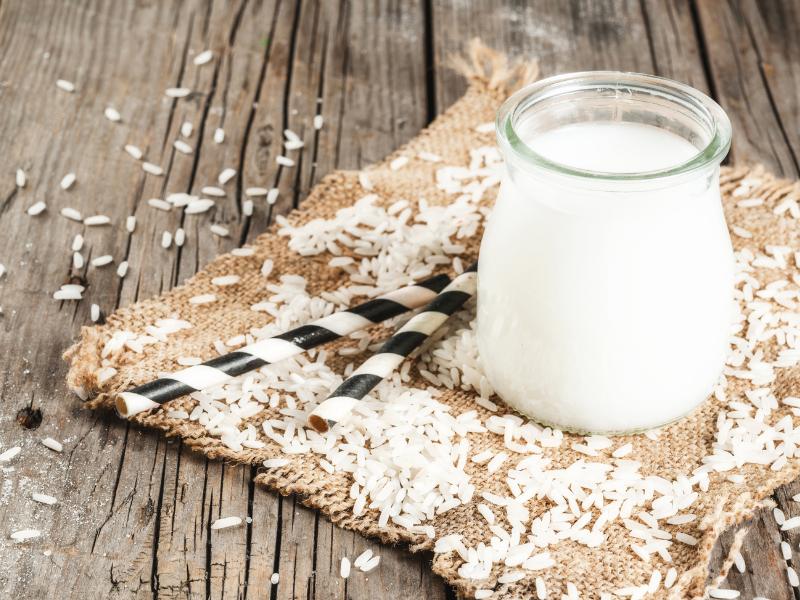
Using rice water is a great way to recycle kitchen byproducts; just don’t overuse it.
Irrigate the plants with rice water after every 2-3 weeks to boost their growth and replenish them with nutrients.
Using this type of water frequently can harden the soil, which will make it difficult for your plants to absorb water. Use it every once in a while or dilute it in regular water.
Rainwater has more nutrients than tap water, so it can serve as a great alternative to rice water, and you can use the two alternatingly based on your plant’s needs.
How To Store Rice Water For Plants
Rice water should be stored in a jar or a vessel and covered with a lid. Keep the water in a dry location at room temperature.
Once you have made the water, you can use it right away or keep it for the next 4-5 days. However, over time, the water will ferment and become more potent, so ensure to dilute it with more water before using it.
Commonly Asked Questions
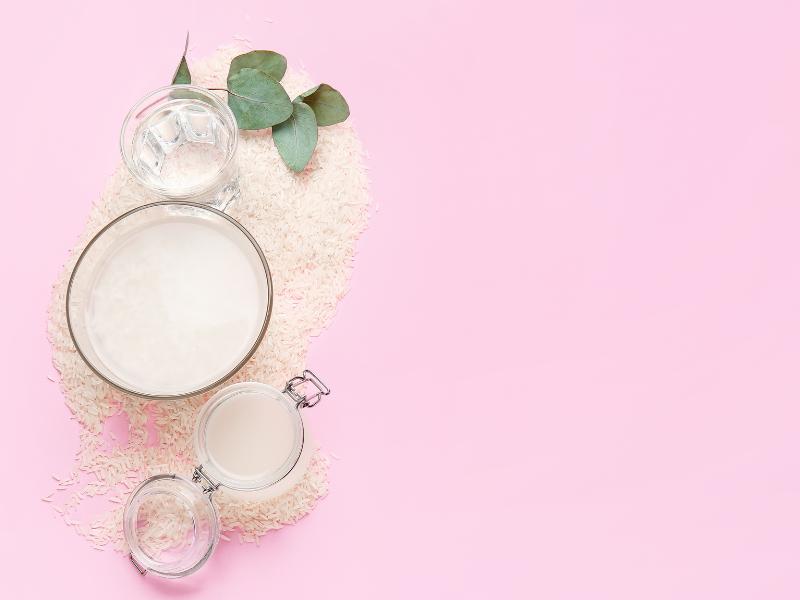
Now that we’ve covered all the pros and cons of using rice water for your plants. It’s time to examine common questions that people have in relation to this topic.
Which plants do rice water benefit?
Rice water can be used for all plants; it contains nutrients that many plants can benefit from, such as succulents, tropical plants, aroids, orchids, flowers, vegetables, etc.
The water is more suitable for plants that thrive in rich substrates, but all plants can benefit from getting a monthly rice water wash.
What are the alternatives to rice water?
If you don’t have access to rice water, you can try potato or coconut water. Other great alternatives include nettle or dandelion tea, compost or manure, green tea fertilizer, etc.
Kitchen byproducts can be utilized in different ways. You can make orange or banana peel fertilizer, use fish tank water, or make bone meal so you don’t have to throw away bones. You can also make fertilizers out of coffee grounds.
The options are endless; scraps from your kitchen may be what your plants need to flourish!
Summing Up
Watering is a crucial step in any plant’s care guide, and using rice water may be just the right way to give your plants an extra boost. In this article, we’ve covered the pros and cons of using rice water to help you decide on its usefulness.
There are different ways to make rice water, so use the method that works for you, or that will be most beneficial to your plants.
In the spirit of recycling and sustainability, it’s important we make the most of all the resources that we have, so don’t let your kitchen byproducts go to waste!


